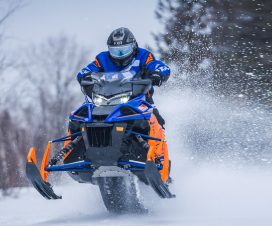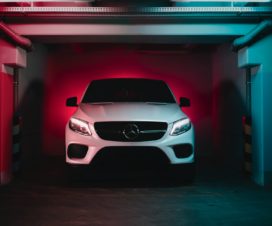 |
Filming yourself while driving can be an exciting way to capture your journey, be it for a travel vlog, a car review, or simply to document your road trip adventures. However, it’s essential to ensure that the process is safe, legal, and results in high-quality footage. In this guide, we’ll walk you through the critical aspects of filming yourself while driving, from camera settings to editing tips, ensuring your final product is both impressive and engaging.
Choosing the Right Camera and Settings
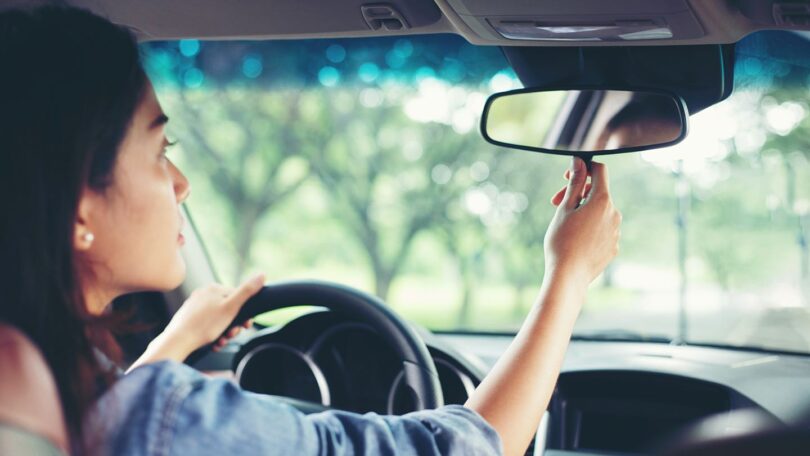
The first step in filming yourself while driving is selecting the right camera. Your choice will depend on your budget, the quality of footage you desire, and the camera’s ease of use while driving. GoPro cameras are a popular choice due to their compact size, durability, and high-quality video capabilities. When setting up your camera, consider the resolution and frame rate. A 1080p resolution is a good starting point, as it offers a balance between quality and file size. For a smoother look, especially when capturing fast-moving scenes, a frame rate of 60 frames per second is ideal.
Optimal Camera Placement and Mounts
Camera placement is crucial for capturing compelling footage. The most common placements are on the dashboard, windshield, or attached to the side window. Each position offers a different perspective and feel to your footage. Dashboard mounts provide a stable platform and typically offer the easiest setup. Windshield mounts can capture a more immersive view, including more of the car’s interior and the road ahead. Side window mounts offer a unique angle, showcasing the driver’s side profile and the passing scenery.
Lighting Considerations
Good lighting is essential for high-quality video. Natural light is your best ally, so try to film during the day. If you must film in low light conditions, consider using additional light sources that don’t interfere with your driving. Be mindful of the sun’s position to avoid glare, which can be mitigated with polarizing filters or by adjusting the camera angle.
Sound Quality
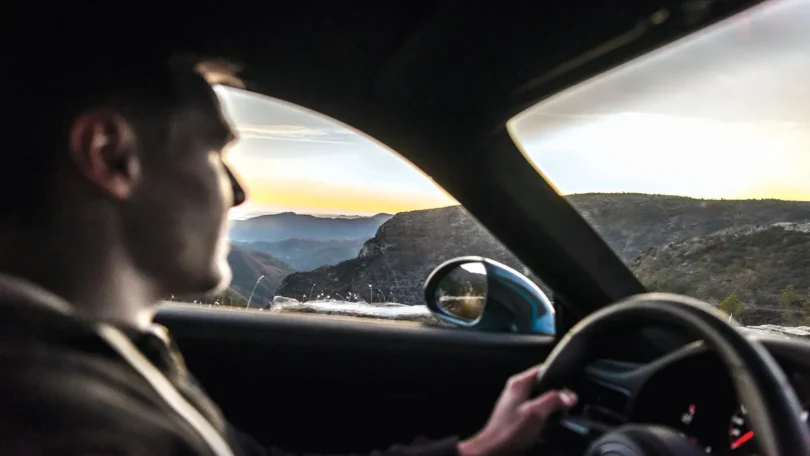
Source: motorbiscuit.com
High-quality sound is often an underestimated aspect of video recording, especially when capturing footage inside a moving vehicle, where you must contend with the constant presence of engine noise, wind turbulence, and the sounds of the road. To address these challenges and ensure your audio matches your video’s clarity, it’s advisable to invest in an external microphone. Sound quality is crucial when filming in a moving vehicle, necessitating an external microphone to counteract engine noise, wind, and road sounds.
Stabilization Techniques
To ensure smooth footage, stabilization is key. Most modern cameras come with built-in stabilization features. However, for added steadiness, consider using a gimbal or a mount with stabilization capabilities. This is especially important for cameras mounted outside the vehicle.
Editing Your Footage
After filming, editing is where your footage comes to life. Adobe Express, for example, is an excellent tool for beginners and experienced editors alike. It offers a range of features to trim clips, adjust colors, add transitions, and overlay text or music. Its user-friendly interface makes it accessible for those new to video editing.
Safety and Legal Considerations
Safety should always be your top priority. Ensure your camera setup doesn’t obstruct your view or interfere with vehicle controls. Also, be aware of the legal implications of filming while driving, which can vary by region. Always comply with local laws regarding windshield obstructions and recording in public spaces.
Filming Techniques and Angles
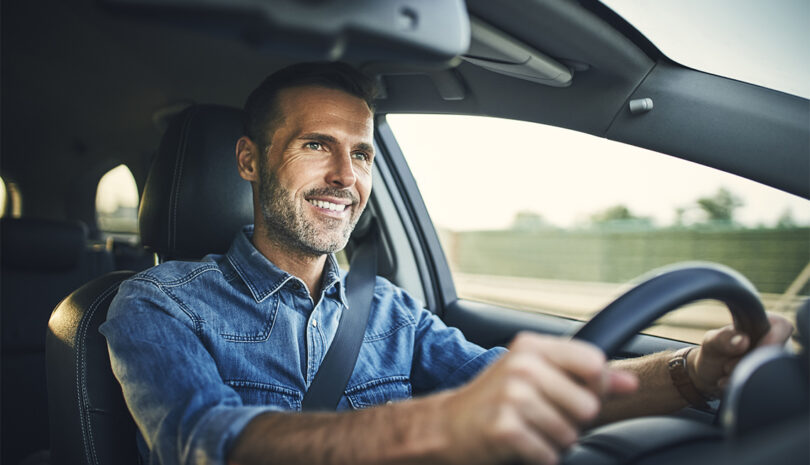
smiling man driving a car
Experiment with different filming techniques and angles to add variety to your footage. A mix of wide shots showing the entire car interior and close-ups can create a dynamic and engaging narrative. If your camera setup allows, consider switching between angles during your journey.
Adding Music and Effects
Music and sound effects can significantly enhance your video. Choose music that matches the mood of your journey or the theme of your vlog. Be mindful of copyright laws when selecting music. Sound effects can also add realism and depth to your footage, such as the sound of the car engine or ambient road noise.
Navigating the Challenges of Solo Filming
Filming yourself while driving presents unique challenges, especially when you’re doing it solo. Managing the camera and focusing on the road requires careful planning. This section will provide tips on how to effectively set up your camera for hands-free operation, ensuring safety while capturing the desired footage. We’ll also discuss ways to monitor your recording without being distracted, such as using remote control devices or apps that connect to your camera.
Integrating Storytelling Elements
A compelling video is more than just a series of clips; it’s a story. This part of the guide will delve into how to weave storytelling elements into your driving footage. We’ll explore techniques like narrating your journey, incorporating shots of the destinations or landmarks you pass, and using different camera angles to convey emotions and experiences. This section aims to provide insights on how to make your driving videos not just visually appealing, but narratively engaging as well.
Advanced Editing Techniques for Dynamic Videos
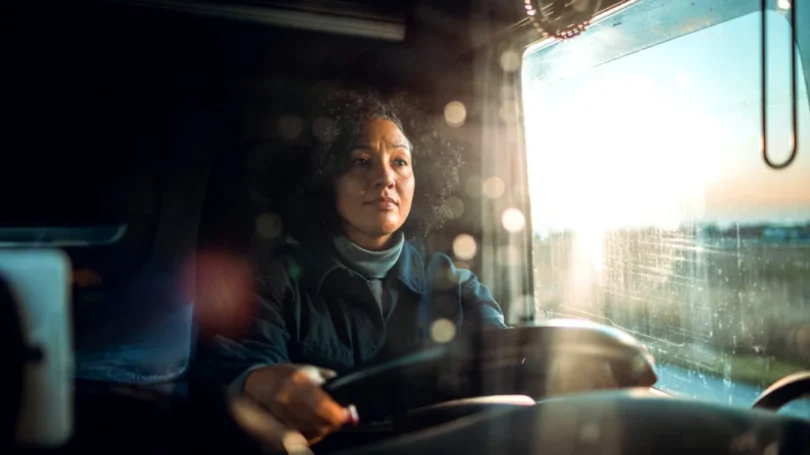
For those looking to take their driving videos to the next level, this section will cover advanced editing techniques. We’ll introduce concepts like color grading to set the tone and mood, using speed ramping to add drama to your footage, and effectively using transitions to maintain viewer engagement. This part will also include tips on how to synchronize your edits with the music track, adding a professional touch to your driving videos.
End Note
In conclusion, filming yourself while driving involves a blend of technical know-how, creative vision, and safety considerations. By choosing the right equipment, optimizing your camera settings, and employing thoughtful editing techniques, you can create captivating and high-quality driving footage. Remember, the key is to keep experimenting with different styles and techniques to find what works best for your specific needs and preferences. Happy filming!



